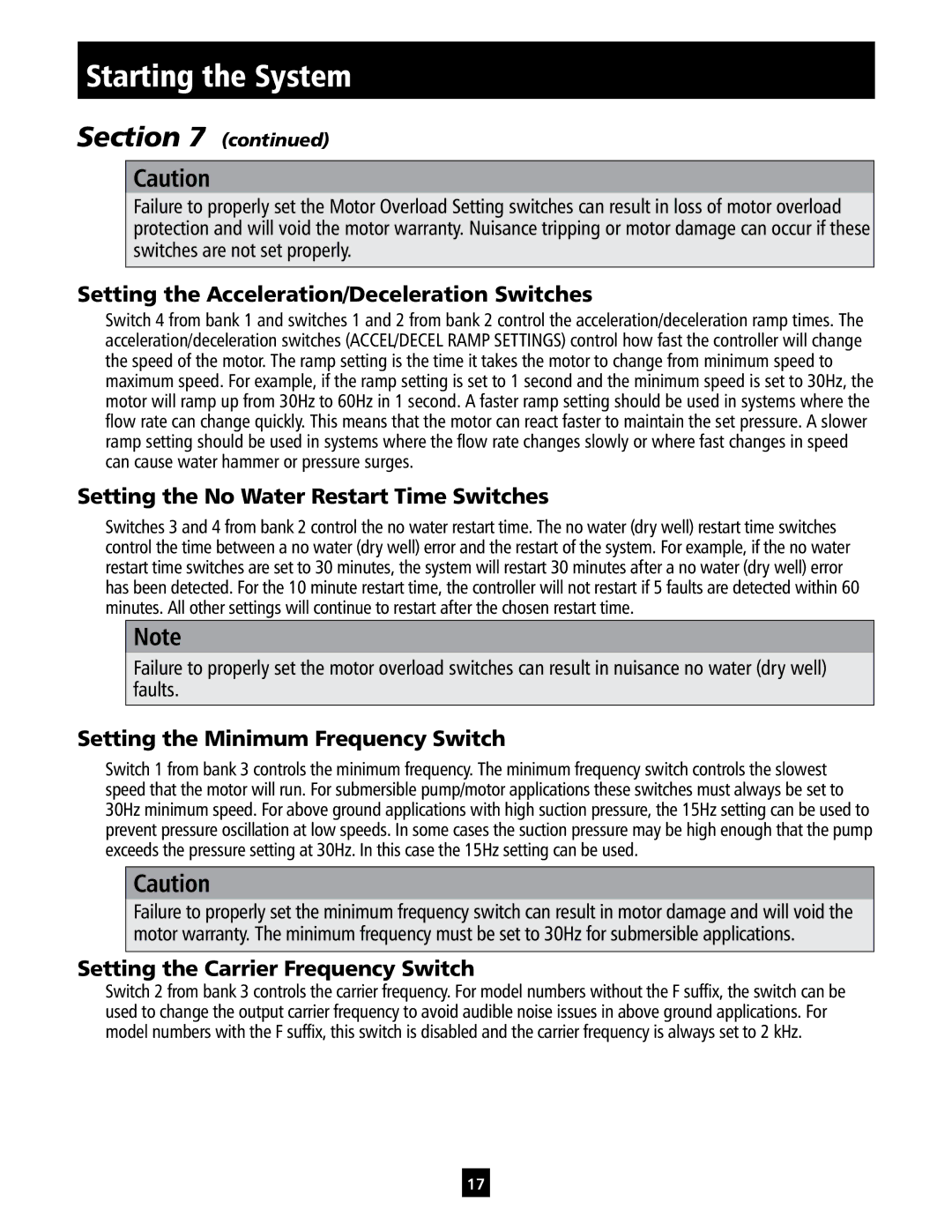IM213 specifications
ITT IM213 is a prominent electronic device designed for data acquisition and monitoring in various industrial applications. Known for its robust construction and versatile functionality, the IM213 series has gained significant traction in sectors such as manufacturing, environmental monitoring, and energy management.One of the key features of the ITT IM213 is its advanced data logging capability. The device can record a wide range of signals, including temperature, pressure, and humidity, making it an essential tool for real-time monitoring. The intuitive user interface allows users to configure the device easily, adjusting parameters to suit specific monitoring needs.
The IM213 utilizes cutting-edge technologies to ensure accuracy and reliability. Its high-resolution analog-to-digital converters (ADCs) offer precise measurements with minimal noise interference, enhancing the overall performance of the device. Additionally, the device supports multiple communication protocols, including Modbus, RS-232, and RS-485, enabling seamless integration into existing systems.
Another noteworthy characteristic of the ITT IM213 is its robust build quality. Designed for use in harsh environments, it features an IP67-rated enclosure that protects it from dust, moisture, and other potential contaminants. This makes it particularly suitable for outdoor applications or locations with challenging conditions.
Furthermore, the IM213 is equipped with a range of connectivity options. Users can connect the device to cloud platforms for remote monitoring and data analytics, leveraging IoT technologies to enhance operational efficiency. This capability allows organizations to make data-driven decisions, improving their overall productivity.
The device also supports customizable alert systems, notifying users of any deviations from preset thresholds in real-time. This feature is crucial for preventing costly downtime and ensuring that processes remain within optimal operational parameters.
In terms of power consumption, the ITT IM213 is designed to be energy-efficient, ensuring long operational life and reduced running costs. Its low-power modes further contribute to sustainability, making it a responsible choice for environmentally conscious organizations.
In summary, the ITT IM213 is a versatile and durable data acquisition device that serves a wide range of industrial applications. Its advanced logging capabilities, high accuracy, robust construction, and connectivity options position it as a leading choice for professionals looking to improve their monitoring and data collection efforts. With these features, the IM213 is poised to play a vital role in enhancing productivity and operational efficiency in various sectors.

